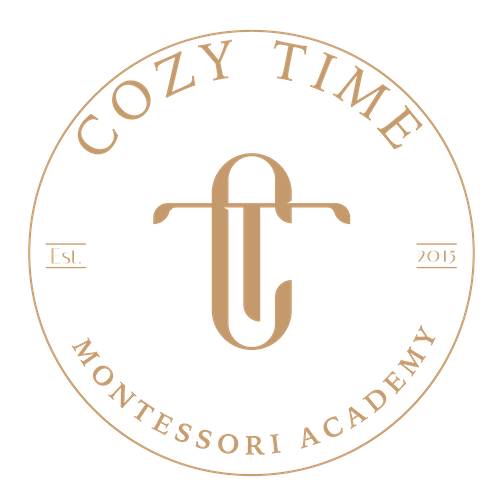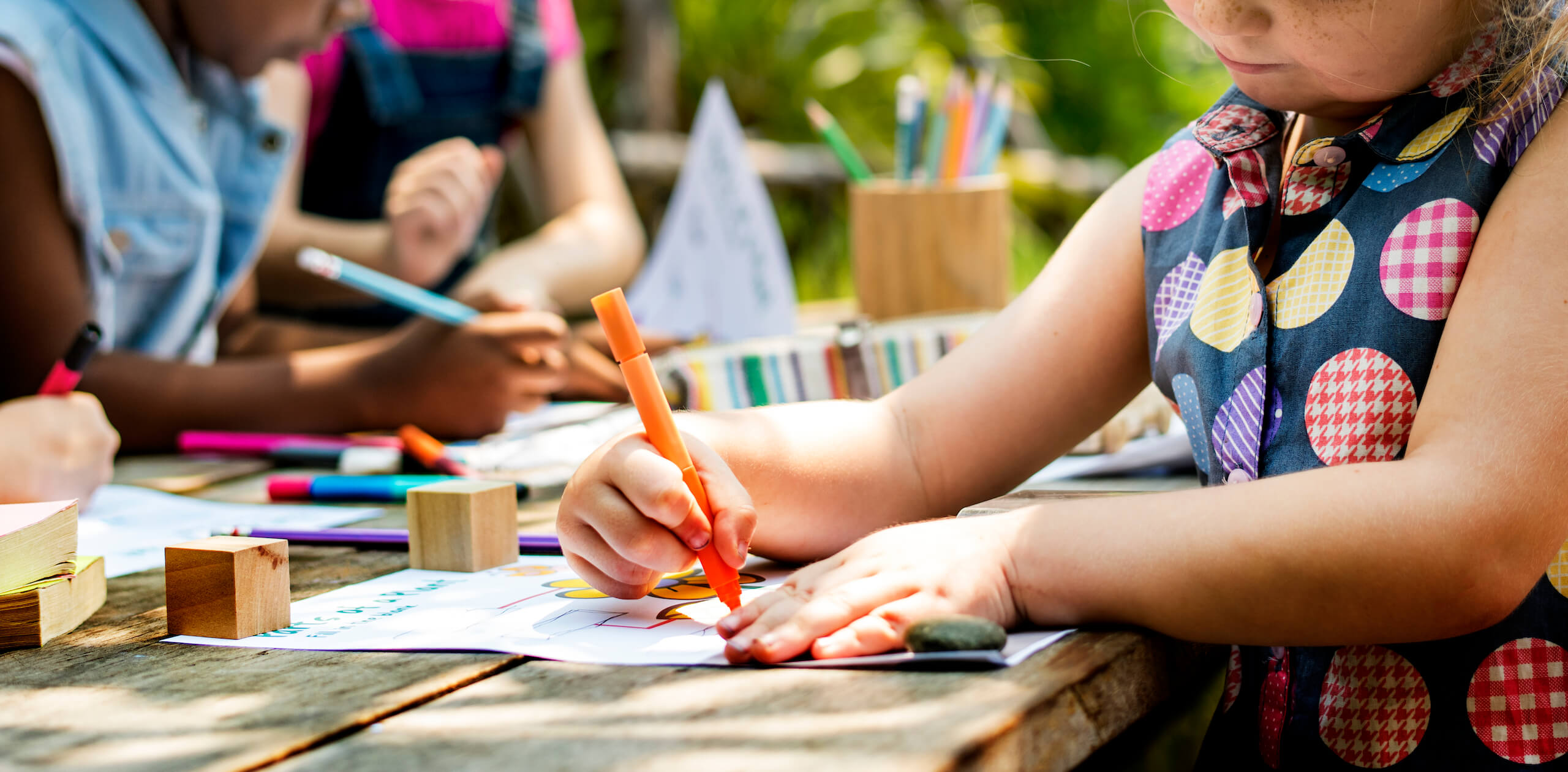Within the quaint, sunlit corners of the Montessori school, a unique dynamic flourishes, one that may seem unconventional to the traditional education model: the mixed-age classroom. Beyond mere experimentation, this approach holds the core essence of many benefits the Montessori school’s principles and is backed by years of effective implementation.
The Philosophy Behind Mixed-Age Montessori Classrooms
At the heart of every Montessori classroom is Maria Montessori’s far-reaching vision. She perceived the montessori classroom as a reflection of society, where children of varying ages coexist, much like in the real world. Diving deeper into its philosophy reveals several core principles:
- Nature’s Blueprint: Observing nature, one can easily spot mixed age groupings. Siblings of varying ages play and learn together. Animals of different ages coexist harmoniously, with the older students mentoring the younger students. Maria Montessori’s vision was to mirror this natural design.
- Holistic Development: By grouping children of varied ages, Montessori envisioned a space where academic learning was just a fraction of the whole. The classroom became an arena for life skills, emotional maturity, and own understanding.
- Building Community: Just as society thrives on interdependence, so does the mixed age classrooms. Older children gain a sense of responsibility and pride in guiding their younger peers, while younger children feel supported and inspired by their older classmates. This interplay enhances the sense of belonging and community.
- Modeling Real-world Scenarios: : Life doesn’t segregate us strictly by age. We constantly interact with people older or younger than us – in families, workplaces, and social situations. Montessori recognized this and believed that a mixed age classes better prepares younger child for real-world interactions.
- Fostering Leadership and Mentorship: With the elder children stepping into mentoring roles, leadership qualities are nurtured from a young age. This philosophy operates on the belief that teaching is one of the best forms of learning.
- Personalized Learning Trajectories: Each child is unique, and Montessori emphasized honoring this individuality. In a multi age classrooms, children can learn at their own pace. They aren’t rushed to keep up or held back to stay with their age group. It’s about progressing at one’s own rhythm.
- Encouraging Empathy and Patience: Interaction between different age groups naturally instills a sense of empathy. Younger children learn patience as they await their turn to step into leadership roles, while older children cultivate compassion as they guide and support their younger peers.
The children’s house method’s revolutionary approach to education wasn’t just about the didactic materials or the serene environments but also about understanding human development at a profound level. The mixed-age classrooms stands as a testament to her belief in education as a preparation for life, not just an academic endeavor for older children.
The Benefits of a Mixed Age Classroom in the Montessori Setting
Delving into the Montessori classrooms, one discovers a tapestry of interactions that offer younger children unparalleled benefits over their older child counterparts. The approach weaves together the strengths and potential of each child, regardless of their age, into a cohesive learning community. Here are some of the standout advantages:
Peer Learning and Leadership
- Role Reversal: Older students naturally assume the mantle of leaders and mentors, having been in the same position as their younger counterparts not long ago. This system promotes a cyclical learning experience where today’s learners become tomorrow’s leaders.
- Diverse Perspectives: Exposure to varied benefits of mixed age groups offers children a richer perspective on problem-solving, creativity, social skills and critical thinking. It’s not just about what’s being learned, but how it’s being approached.
Fostering Emotional and Social Development
- Cultivating Empathy: A mixed-age group brings about scenarios where children get to walk in different shoes – sometimes as learners, other times as mentors. This constant role-shifting nurtures genuine empathy.
- Collaboration Over Competition: Unlike traditional classrooms that can sometimes inadvertently promote competition, Montessori settings stress collaboration. This cooperative approach ensures that every child is heard, valued, and understood.
Catering to Individual Learning Paces
- Flexible Teaching: The Montessori educator, in a mixed-age setting, becomes adept at multi-tiered teaching. They can simultaneously challenge the advanced learners while supporting those who need extra attention.
- Tailored Growth Paths: Recognizing that every child’s developmental trajectory is unique, the mixed-age classroom allows children to either revisit concepts they find challenging or forge ahead into more advanced areas, all at their own pace.
Lifelong Skills Development
- Problem-Solving: Interacting with peers of different ages poses various challenges and situations. Navigating these helps children hone their academic skills.
- Communication: Articulating thoughts to someone your own age is one thing. Explaining a concept to someone younger or discussing it with someone older refines communication skills and adaptability.
Boosting Self-Esteem and Confidence
- Achievement Recognition: In a mixed setting, children get to revisit and solidify foundational concepts when helping younger peers. This reinforces their confidence in subjects they’ve already mastered.
- Holistic Recognition: Instead of being only recognized for academic achievements, children in these environments also gain appreciation for their leadership, kindness, patience, and mentoring abilities.
The benefits of the mixed-age classroom go beyond just academic growth. Maria Montessori’s vision of this setting was to prepare children for life – to teach them to be adaptable, empathetic, and effective communicators; to teach them to be both leaders and compassionate team players in peer group. The mixed-age classroom, with its symbiotic interactions, paves the way for a holistic, rounded development that traditional classrooms might sometimes overlook.
Real-life Success Stories
Ms. Clara, a seasoned Montessori educator, fondly recalls how one class, 7-year-old Jake assisted 5-year-old Lily in mastering a tricky math concept, epitomizing the beauty of peer learning. Similarly, countless anecdotes pepper the Montessori schools’ history, illustrating how this distinctive classroom setup nurtures not just academic excellence but also character development.
Addressing Common Concerns
Certainly, for older students, the idea of blending with younger students and age groups might raise eyebrows.
It’s a marvel watching young children’s minds bloom in a learning environment that mirrors life outside school walls. As the saying goes, “It takes a village to raise a child.” In Montessori settings, this village is the beautifully diverse, mixed-age classroom, encompassing the primary years to the upper elementary.
We invite readers, students, educators, and parents to dive deeper, ask questions, and share experiences in the comments below. Let’s explore together the transformative power and benefits of the Montessori mixed age classrooms.




